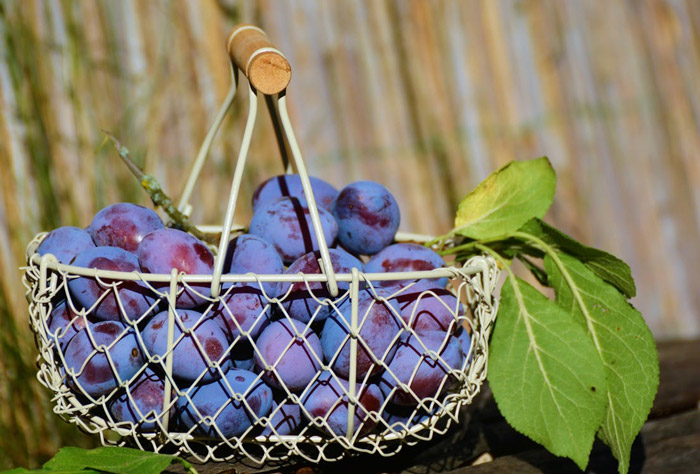In the world of wine enthusiasts, the mention of “old vines” often evokes a sense of awe. The simple phrase “Vieilles Vignes” or “Old Vine” on a label seems to carry a magical quality—one that can double the price and convince consumers to willingly pay a premium.
But what lies behind this surcharge? Is it a true reflection of elevated quality, or simply the result of clever marketing strategies?
Why Is Old Vine Wine Considered a Treasure? The “Precious” Title Forged by Time
In the wine world, old vine wines are like seasoned artists who, despite their age, retain a unique charm that captivates countless admirers. However, there is currently no strict legal definition for the term “old vine” across wine regions, meaning different wineries have their own interpretations and flexibility in labeling.
From a technical perspective, a grapevine must be at least 25 years old to earn the “old vine” title. As vines age, their yield gradually decreases. For this reason, some wineries choose to replant vines for better cost efficiency. Of course, many others choose to preserve these “low-yield” old vines, prioritizing quality over quantity. The reason is simple: when a vine produces fewer grapes, it concentrates more energy and nutrients into each berry. This natural selection process results in more intense flavors.
Does Old Vine Wine Taste Better Than Young Vine Wine? Unveiling the Truth
The most praised characteristic of old vine wine is its flavor concentration. Due to lower yields, each grape receives more nutrients, developing more complex flavor compounds. The deep root systems of old vines reach further into the soil, absorbing a wider range of minerals and water, which adds unique terroir characteristics to the wine.
Experienced winemakers often note that grapes from old vines ripen more uniformly, reducing the risk of bitter, unripe tannins. This makes it easier to achieve a well-balanced structure during winemaking, resulting in softer tannins and more harmonious acidity and fruitiness.
Moreover, thanks to their deep roots, old vines are less sensitive to vintage variations. In drought years, young vines may struggle to survive, while old vines can draw water from deeper soil layers, maintaining consistent fruit quality. This resilience provides winemakers with more reliable raw materials, reducing risks associated with vintage differences.
But does this mean old vine wine always tastes better? Not necessarily. Wine preference is highly subjective. Some may prefer the vibrant fruitiness and freshness of young wines. Old vine wines often exhibit more restrained and complex flavor profiles, which may not appeal to all drinkers.
Why Is Old Vine Wine More Expensive? Deconstructing the Truth Behind the Price
The Reality of Production Costs
The high price of old vine wine is first reflected in its production economics. Old vines may produce only one-tenth the yield of young vines, meaning more vines, more land, and more labor are required to produce the same amount of wine. This “inefficient” production model directly drives up costs.
Scarcity and Market Demand
Rarity increases value—this is an eternal market rule. Genuine old vine wine is limited in production, yet market demand continues to grow. This supply-demand imbalance naturally pushes prices upward. Investing in old vine vineyards is also a long-term game—wineries may wait decades for returns, and this time cost is inevitably factored into the final price.
The Rationality of Quality Premiums
From a quality perspective, old vine wine does offer unique value: more concentrated flavors, greater complexity, and longer aging potential. For consumers willing to pay for these traits, the premium is justified.
The Impact of Marketing Costs
It’s undeniable that “old vine” has become a powerful marketing tool. Wineries often invest more resources in promoting these wines, telling stories of their history and heritage. These marketing costs, too, are reflected in the price.
Dispelling the Myth: How to Choose Old Vine Wine Wisely
With countless old vine wines on the market, consumers need to develop the ability to distinguish authenticity. Here are some practical tips:
Look for Trustworthy Producers
Reputable producers often provide detailed information about their vineyards and vine ages. Before purchasing, check the winery’s website or contact them directly. Transparency is often a sign of integrity.
Read the Label Carefully
Beyond the “Old Vine” designation, some honest wineries specify the exact age of the vines (e.g., “from 70-year-old vines”). Such detailed descriptions are generally more trustworthy.
Consider Grape Varietals
Some grape varieties benefit significantly from old vines. Pinot Noir, Grenache, and Carignan, for example, often show exceptional complexity and depth when grown on old vines. For other varieties, the difference may be less noticeable.
Understand Regional Context
It’s also important to learn about old vine traditions in different regions. Areas like the Barossa Valley and Lodi have well-established old vine classification systems and long histories of old vine cultivation. Labels from these regions tend to be more reliable.
Remember: Quality Depends on Multiple Factors
Most importantly, keep in mind that old vines are just one factor in producing great wine—not a guarantee. Climate, winemaking skill, and terroir are equally important, and sometimes even more decisive.
In the world of wine, the most dangerous myth is often not about technique or craftsmanship, but the oversimplified equation between value and price. Old vine wine undoubtedly possesses unique charm, representing the沉淀 of time and a deep expression of terroir. But what truly defines a wine’s value is not the age of the vines—it’s the unique experience that unfolds in the glass.

